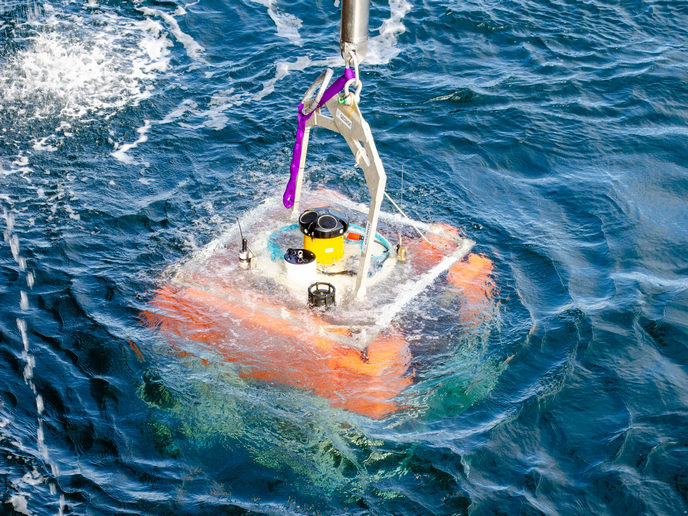Simulating oil spill behaviour with hydrodynamic models
Oil spills at sea can happen by accident, but they can also be initiated deliberately. Europe is at risk due to the sheer volume of shipping traffic on its seas. Therefore, learning how to manage oil spills, no matter what the cause, is vital. This was the aim of the OCEANIDES project funded by the Energy, Environment and Sustainable Development Programme. In order to predict the impact of an oil spill, it is necessary to have information about the spill, such as the type and volume of oil discharged, as well as the sea state. Bolding & Burchard Hydrodynamics GbR (BBH), specialists in hydrodynamic modeling, addressed this need by coupling a trajectory model with a hydrodynamical model. A number of simulations were performed for oil spills of varying size at various locations in the North Sea and Baltic Sea, through which several important shipping routes run. In order to compensate for the lack of oil spill data, BBH created a spill lifetime variable with a range of between 6 and 144 hours. In addition, zooming was employed to provide high resolution near the sea surface in the hopes of improving the accuracy of the derived velocity fields. Hourly output from the simulations was stored and analysed by BBH. Remarkably, the results indicate that a very small percentage of the oil released into the sea finds its way to European shores, where it negatively impacts the coastal ecosystem. However, BBH recommends caution when interpreting the results of the simulations because of the inherent uncertainty in the oil spill lifetime variable. Nevertheless, the modeling tools developed during OCEANIDES can be applied to real spill events to provide decision support.







